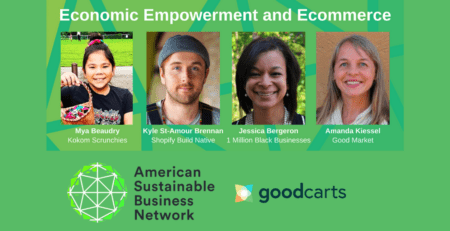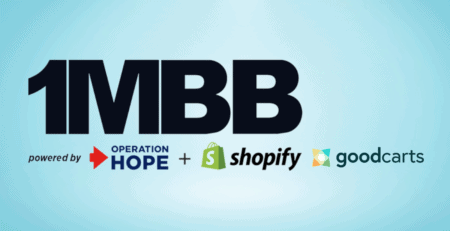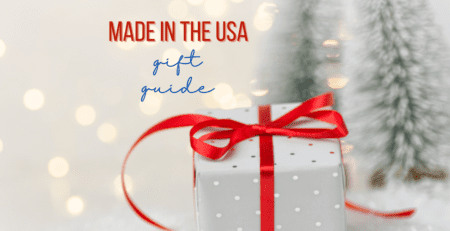Does delivery and environmental impact have to be a package deal?
There’s no getting away from the fact that ecommerce fulfillment is having a massive impact on the environment.
Shockingly, nearly a third of local waste in the US comes from containers and packaging. Around 165 billion packages are shipped in the US each year, requiring a billion trees worth of cardboard. Although cardboard (specifically corrugated cardboard) is one of the most commonly recycled materials, the total amount of paper and paperboard (aka cardboard) combusted in 2018 was 4.2 million tons. This was 12.2% of all municipal solid waste combusted that year.
From wasteful packaging practices and rising numbers of returns to rocketing emissions from air freight and inner city pollution boosted by last mile delivery – getting goods from depot to doorstep can be a very dirty business. By 2030, last mile deliveries — when goods are moved from a transportation hub, such as a delivery service warehouse, to their final destination — are expected to cause related emissions to rise by nearly one-third and add 11 minutes to each passenger’s commute.
With this in mind, it’s no wonder that when businesses look to improve optics around their commitment to sustainability, shipping is often the first place they focus their attention. As a very visible, tangible element of the online retail process, better packaging and greener modes of delivery are an easy way to win plaudits.
When you aspire to run a truly eco-friendly business, sustainable shipping is a key component of the puzzle – and you want to get this right, beyond the PR play! The need to ship can’t be removed from the ecommerce equation – so instead we need to minimize its impact. Let’s explore how…
BTW: What is GoodCarts? – Would your brand fit?
Take a Stance on Speed
When you consider the impulsive convenience offered by ecommerce, it’s no wonder that shoppers ranked fast delivery as the second most important consideration for their online purchases. Increasingly, even next-day delivery doesn’t feel fast enough for some, with 54% of urban consumers wanting their ecommerce orders to be delivered within the hour. Excessive? Perhaps. But once the consumer has become accustomed to a certain level of service, it’s hard for brands to withdraw or reduce from offering a similar standard.
Why is this an issue? Because faster delivery typically means a higher environmental cost. Efficiency is sacrificed for speed – more air freight, half-empty vans, few consolidated deliveries – all of these factors contribute to increased impact.
Ways to Improve
We’ve already established that most shoppers love (and expect) fast delivery. So how can we mitigate the impact of this obsession with instant gratification? The answer could lie in education. Many customers will default to expedited delivery without a second thought – it’s a force of habit more than anything else.
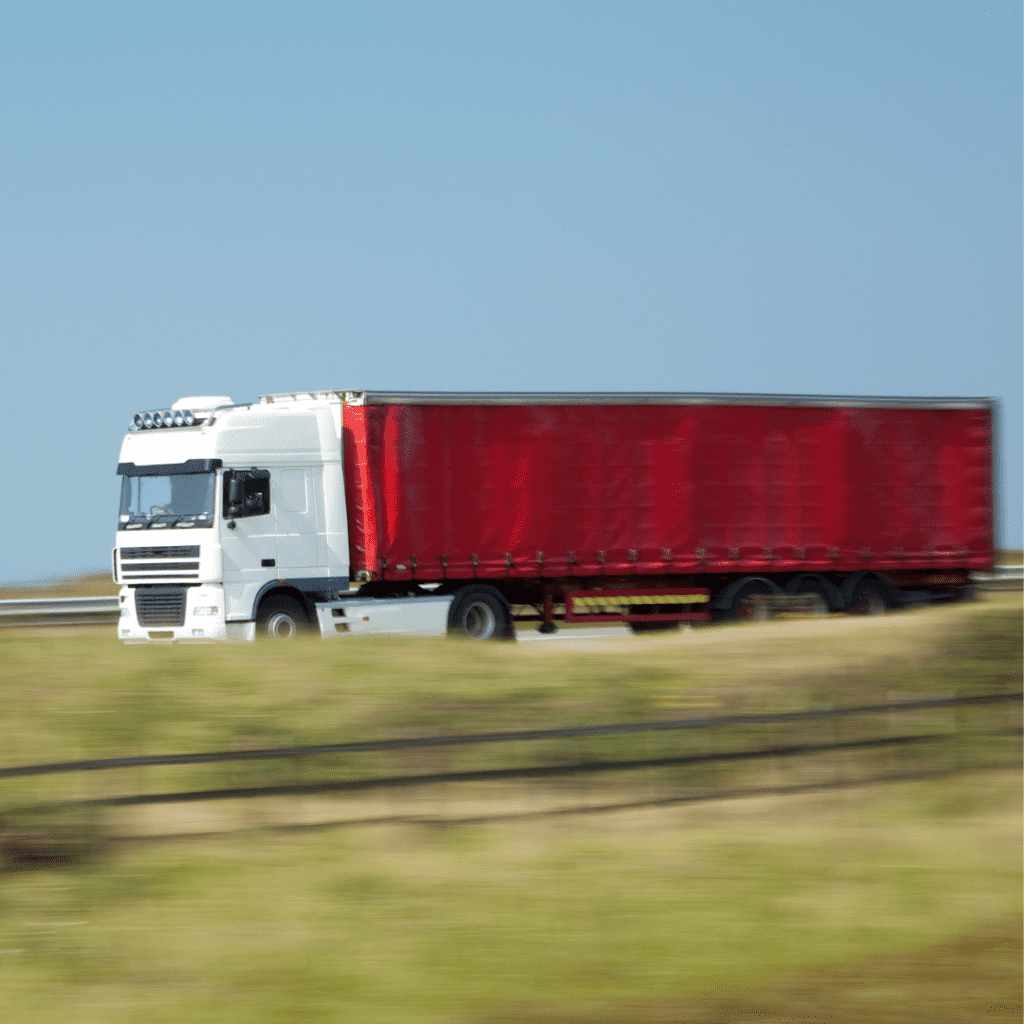
Do your customers consider the environmental impact of all their choices? Probably not. Would having it highlighted help them to reconsider if they actually need that package tomorrow? It’s absolutely worth a shot.
Encouraging customers to choose sustainable shipping options, in terms of timeframe and speed, can and should be prioritized.
Undoubtedly the most effective way to stop people from choosing next-day delivery – simply don’t offer it! If you do opt for this route, be sure that you make your reasoning clear and cost savings and environmental benefits of sustainable shipping are apparent. It’s important that you educate your customers about the thinking behind your choice. This will help to protect your brand from any negative feelings of frustration, and also make them think twice before selecting speedier delivery options with brands that do offer this option.
Ask customers to offset the additional impact that their delivery will create (or at least give them the choice to). This is a great way of raising awareness of the issue and putting a measure in place to reduce the overall impact. Partnering with a carbon offsetting solution that can be integrated into your checkout will keep this process seamless.
Finally, don’t be afraid to go back to basics. Using pop-ups or design choices such as colored icons in your site to show greener choices can be a great way to give your customers a subtle (or not so subtle) nudge in the right direction, reminding them of the additional environmental impact their decision is going to have and politely requesting that they are certain that next day delivery is a necessity.
What is GoodCarts? – Would your brand fit?
Carbon Offsetting Options
Having already briefly touched on the idea of offering customers the chance to offset the impact of next-day delivery, we’re going to delve deeper into the concept of offsetting.
A simple concept at its heart, offsetting helps ecommerce brands cancel out the impact that their actions have caused, typically through investment in reforestation projects, to redress the carbon balance. Carbon offsetting is not a new concept – this form of environmental compensation has been with us for more than three decades. It began in 1989 when Applied Energy Services offset a coal-fired power plant by financing an agriforest. Since then, the concept has moved into the mainstream. Today, the global carbon offset market is estimated at a value anywhere between $40 billion and $120 billion.
Offsetting your fulfillment emissions should not be seen as a “get out of jail free” card, however. Not all offsetting plans are created equally, and great care must be taken when making a decision around implementing a solution into your business. Offsetting has become synonymous with business’s Environmental, Social and Governance (ESG) goals, and as such, can sometimes be viewed with a little “greenwashing” suspicion.
Ways to Improve
Firstly, don’t see carbon offsetting as total absolution. Carbon offsetting needs to be one tool in a wider raft of measures that you take to minimize your impact. Clearly communicate to your customers and wider audience that this is your attitude and approach –it’s important that mission-driven brands show themselves to be fully committed to lower impact, and not just paying lip service with a cute “digital forest” scheme.
Take your time choosing an offsetting plan that truly makes a difference. Planting trees sounds like a simple concept, but there’s a very complex science underpinning forestry projects that faithfully recreate sustainable ecosystems. There’s a world of difference between sterile, monoculture pine forestry and thriving, biodiverse woodland that sustains a wide range of native species. Look beyond ecology – what are the projects you support doing for local communities?
Ecommerce merchants should also take time to consider the various ways that offsetting can be integrated into the customer experience of their stores and wider marketing efforts. Reaching out with news of an offsetting project can be a great way to re-engage a customer, and cause marketing (i.e. running a promotional campaign whereby you promise to double the number of trees planted over a set period of time, etc.) can be a very effective way of bringing your values to the forefront in a way that also helps your bottom line.

Reduce Returns
In an ideal world, returns would always be avoided. No one wins when it comes to this element of ecommerce – customers are disappointed and inconvenienced, merchants have to factor in costly returns processes and the planet is choked by additional and “needless” emissions as unwanted or unsuitable products are sent back to depots. The impact doesn’t stop with emissions – there’s also the potential waste of products that cannot be resold if returned in an unsuitable condition.
Returns are a growing problem for ecommerce businesses – especially as consumers become more accustomed to buying products in a range of sizes or formats, with the intention of only keeping the one item deemed to be the most suitable. According to David Sobie, co-founder and CEO of Happy Returns, about 5-10% of in-store purchases are returned, but that figure leaps to 15-40% for online purchases. Even if we take a conservative average of 20% of ecommerce purchases being returned, then there are 200 million trees being cut down every year in the US alone to deal with the passing whims of consumers.
Ways to Improve
Reducing returns is a great way to bring down the overall impact of your shipping – so be proactive about taking steps to try to increase the likelihood of your customer getting the perfect product the first time around.
There are many ways that you can help your customers make better and more informed purchasing decisions. A great first step (and one that your profit margins will thank you for) is simply to stop offering free returns. As with withdrawing the offer of next-day delivery, be very clear about your reasons here – it’s important to communicate that this is an act of love for our planet, and not just a cost-cutting exercise. You might even promote local donation options on items that will cost more effort to receive as a return than it is worth.
Product pages that give more comprehensive information about your offering is also essential. The more insight you can give a customer ahead of time, the better the chances of them being satisfied with the item on delivery, so be sure to invest in clear product photography and give accurate dimensions. User-generated content can be a great source of help here – leverage reviews that contain customer attributes relevant to the product in question (i.e. skin tone, hair type, height) to help other shoppers get a feel for what might be best for them.
Consider ways that modern technology can help reduce your return rate. AI-powered best fit suggestions can be a great option for apparel retailers, helping customers to choose the right size and style of clothing. Similarly, AR applications that help shoppers visualize items such as homeware or furniture within the context of their own homes can be powerfully persuasive.
Perfect Packaging
Sustainable shipping in the sense of travel is only part of the puzzle. Your packaging choices are important for many reasons as an online retailer, but as consumers become increasingly aware of their ability to recycle or repurpose packaging, sustainability is only set to become a more significant consideration.
Modern eco-packaging has come a long way in recent years, especially as regulators start to respond to public outcry over single-use options. From custom-grown mushroom-based packaging to the Eco Pops developed by cosmetics company Lush to replace the popcorn they used to fill their delivery boxes with, this is a truly innovative space.
One of the problems with the expansion of the eco-packaging market however is that it’s brought with it a surge in associated “eco jargon.” With so many options available, it can be difficult to know what’s truly the most sustainable choice for your business (what’s better, compostable or biodegradable? How do these terms even differ?!)
Here’s a top-level overview:
Recyclable
What it means: can be reprocessed into new products or lower grade materials
Biodegradable
What it means: materials will break down when decomposed by bacteria or other living organisms (no timeframe)
Compostable
What it means: will break down into a substance that can be used as compost, with no toxic impact on the soil
To learn more, check out this helpful briefing from MindfulCommerce.
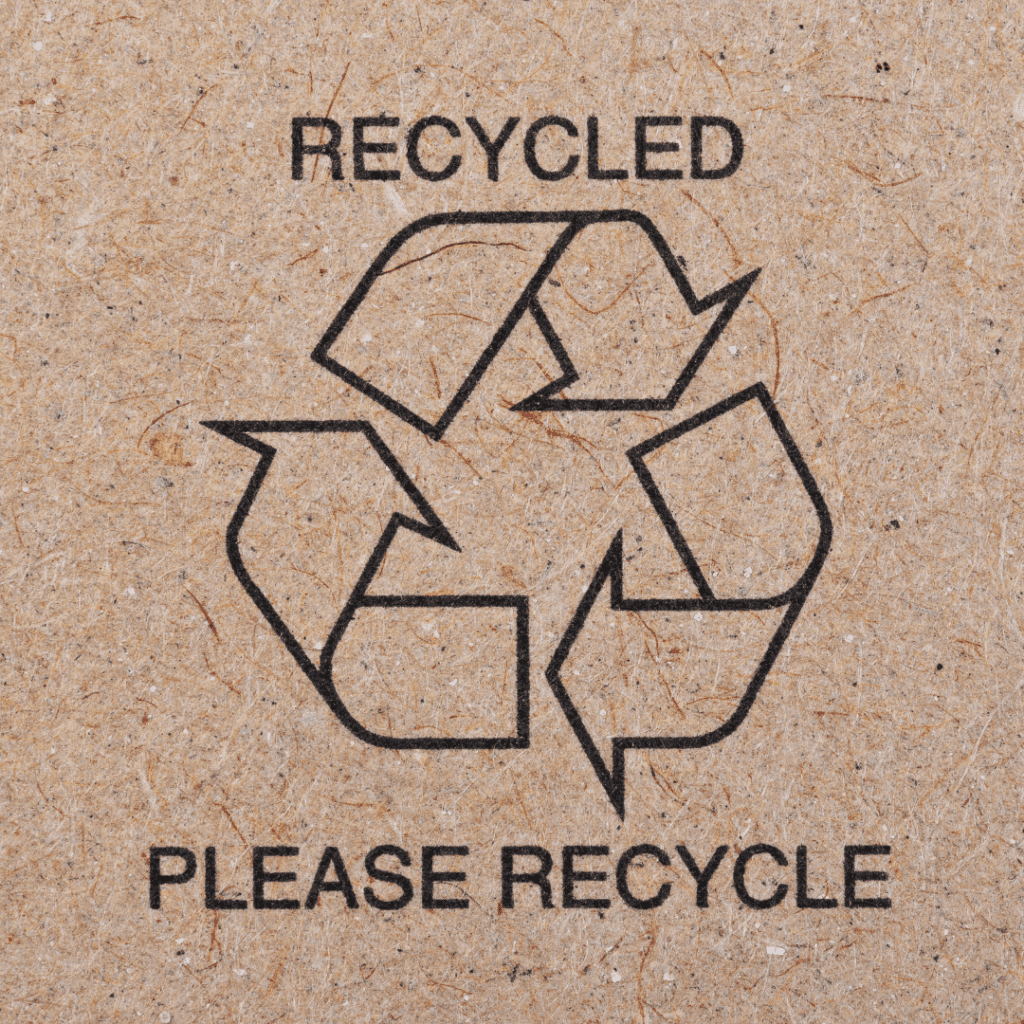
Ways to Improve
When implementing more sustainable packaging choices, be certain that you’re investing in a solution that is going to be used and disposed of in a way that actually ensures the low-impact results you’re looking for.
If your packaging is recyclable but your customers don’t realize they can keep it out of the bin, chances are it will still end up there. Communicate with your customers about the way that they can or should recycle your packaging – especially if certain elements need to be removed first.
Finally, remember that packaging is an important part of your branding – and as a mission-driven company, you should be letting it do a lot of the talking for you. Eco packaging might cost a little more, but it sends a big message to your customers and shows a true commitment to the values you stand for.
Look into ways of ensuring your packaging really communicates and adds to your brand’s personality – from stamping with vegetable-based inks through to paper tape, the little touches make a big difference and show that you truly care about doing the right thing, beyond token gestures.
Mic Drop Dropshipping
Dropshipping is an immensely popular ecommerce model today. With lower risk, no need to store stock and the hassle of fulfillment removed from the equation, all you need to do is sit back and take care of promotion and sales.
Dropshipping arguably offers a more efficient model for the movement of goods, with items going directly from manufacturers/wholesalers to customers (cutting out the transportation to a middleman retailer).
While there are many benefits, the risk (when it comes to sustainability) is that you’re handing over control of your delivery methods to another business – and losing a degree of control over methods of delivery.
In fact, 99% of currently available droppshipping appears to have no connection with sustainability whatsoever. Cheap products made with the cheapest most exploited labor far far away. Can we envision an alternative? Yes.
Ways to Improve
The key to success here lies in forward-thinking. Work with ethical and sustainable manufacturers who share your values and will already care about making the greener choice when it comes to shipping.
Many of the fantastic, planet-friendly brands within the GoodCarts community offer wholesale (some with dropshipping), so explore these options to get inspiration – you’ll find just about every vertical represented!
- Solterra Shop
- MuiChic
- EcoDogCare
- Mayamam Weavers
- Catspring Yaupon
- HHPLift
- Lineage Botanica
- World for Good
Third-Party Logistics – Sustainable 3PL?
As ecommerce brands grow, and fulfillment becomes more of a challenge, many merchants turn to third-party logistics (3PL) to handle the process for them. If this is you (or if you think this might be you in the future!) then don’t worry – you can outsource fulfillment and still stay green.
When picking a 3PL partner (or even in the process of simply deciding if you want to go down the 3PL route) consider the sustainability benefits that advances in AI have meant for optimized delivery routes and consolidation of orders. Economies of scale mean that by outsourcing your fulfillment to a bigger company, you can “piggyback” upon their systems and increased delivery volume to achieve emission efficiencies you couldn’t hope to achieve on your own. Shopify is doing some really interesting work here, as they build out their new fulfillment centers from scratch – a sure sign of the direction of the wider industry over time.
AI can also help with the distribution of stock, predicting exactly how much stock you should keep on the shelves and where it should be located. This means that deliveries can be made in a much more efficient and effective way, with stock close to customers and a lower risk of over or under-stocking. With the advancement in 5G, Internet of Things (IoT) technology also enables more accurate tracking and location of stock, which helps avoid loss and waste.

Ways to Improve
Choose a service that focuses on environmental best practices. Ask about what measures they take to run less impactful warehousing, what efficiency practices they operate within their business, and if they’ve chosen to work with renewable energy suppliers. Look into the delivery methods that they select – are greener last mile options (cargo bikes, electric vehicles, leveraging public postal services, etc) available? These will become increasingly common in the years to come, and asking these kinds of questions helps show these businesses that the demand is already out there, speeding up the process of transformation!
Go Forth and Deliver on Delivery!
Hopefully, this article has you thinking about some of the ways that you can start to improve your sustainable shipping practices. From simply highlighting the additional impact of next-day delivery to your customers, all the way through to partnering with a giant, green, AI-powered third-party fulfillment solution, there’s a real spectrum of opportunities to do better here.
Once your brand has nailed sustainable shipping, could you be part of the solution – spreading the impact of your experience by becoming a dropshipping provider yourself? We need to start thinking along these lines, getting creative and helping others to raise their game too.
With ecommerce continuing to grow, the number of deliveries in the future is only set to increase. It’s increasingly important that we nail this issue now before it scales – so let’s share our learnings and set aside competition to help each other get better, and greener, when it comes to delivering on delivery.
If you’ve read this far you probably represent a great potential member for GoodCarts!
So please read up on What is GoodCarts? And take a look at the Member Showcase .
And discover the GoodCarts Shopify App.


